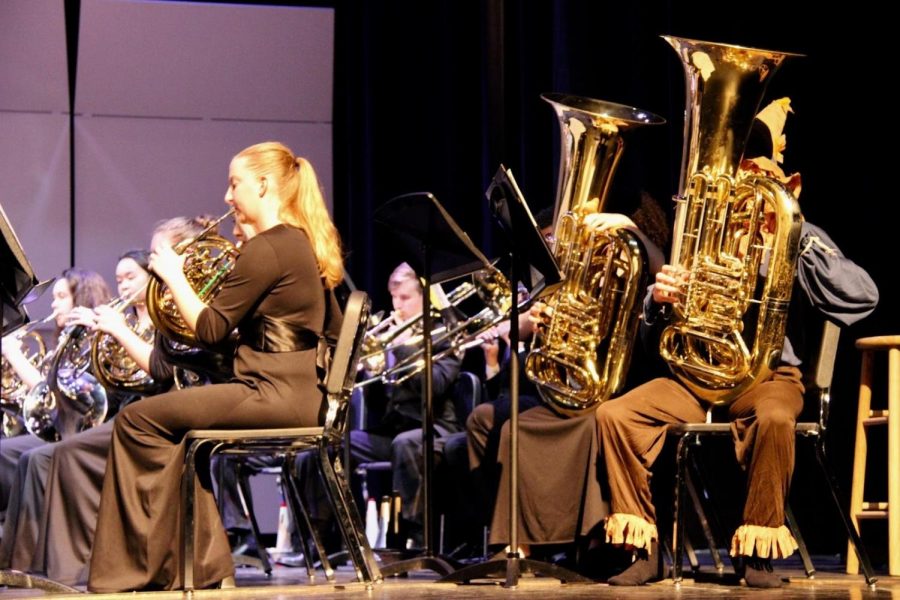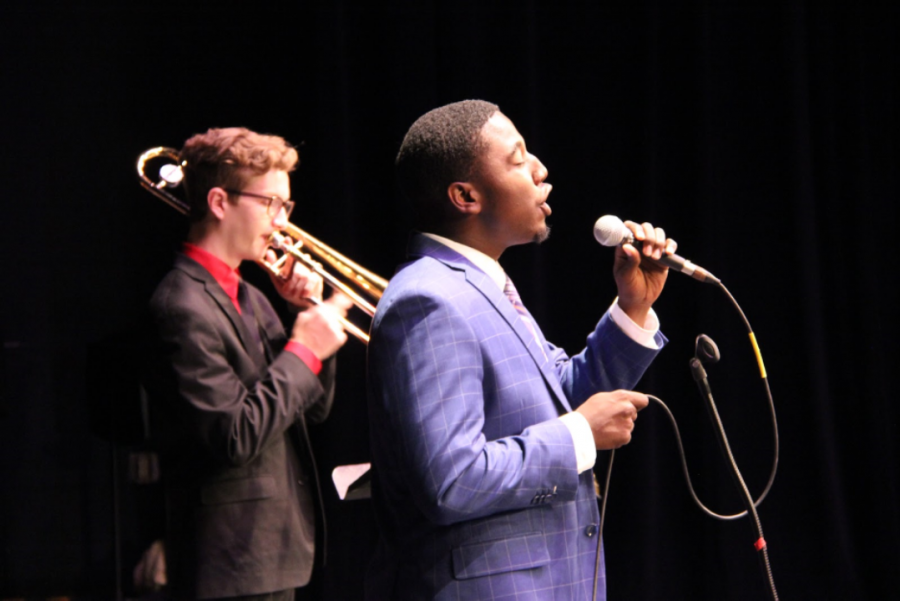The audience swayed in a dream-like haze as piano sophomore Junior Jimenez played “Sonata ‘Pathetique’ Op. 13 No. 8 in C minor, Grave Allegro di molto e con brio,” by Beethoven. The Pianoforte, which means “piano” and “Klavier,” is one of the three piano classes that perform in concerts throughout the year.
On March 2, the Pianoforte students had their time to shine in the Brandt Black Box Theater, showcasing the skills they have learned in the class throughout the year. Jimenez wanted to demonstrate his mastery of quick pieces in the one that he selected.
“My style, personally, is powerful and energetic. Every pianist has their specific style,” Jimenez said. “My strength is powerful and energetic pieces. I was extra when I played, and [my personality] helped with that.”
Although the music went along with his style and personality, there was still a lot of work that had to be done before Jimenez could perform the piece in front of an audience.
“I practiced a lot [in the] month before the recital,” Jimenez said. “Other than that, I was pretty calm before all of it.”
Upon going on stage, Jimenez started to feel the recital jitters. The month of practice didn’t feel enough for him. His once calm mood suddenly changed to a panicked one.
“Right before I played, I was anxious,” Jimenez said. “I put my hands on the keys, and I pulled it away, because I was like ‘okay, I need a breath.’ Then I realized that I couldn’t see anybody, so I started to calm down.”
Piano sophomore Michelle Yang noticed this, and the composure that Jimenez kept. Yang is a part of the Klavier piano class, but she attended because piano majors are required to attend all piano concerts, regardless of which class they are in.
“[Jimenez’s piece] seemed the most ready, the most prepared,” Yang said. “That piano is very hard to play on, so how he played, he really brought out the sound. The range of dynamics made it good.”
One of the key differences between the Klavier concerts, in which Yang performed, compared to the Pianoforte concert, was the number of people who played. In the Pianoforte concerts, each performer gets to play one piece. In the Klavier concert, however, only four students were showcased, which gave a unique point of view to Yang.
“There were a lot more people [in the Pianoforte concert],” Yang said. “It brought variety, seeing how everyone else plays and what their style of playing is, and how they are able to perform on the spot; it changes it.”
Piano freshman Maria Annica Matig-a had a similar experience while watching the Pianoforte concert. Since each of the pieces were different in style from each other, Annica Matig-a was engaged during the entire performance.
“Each of the pieces were from a different time period,” Annica Matig-a said. “This added variety to the concert. It also gave the Pianoforte students a chance to show off their skills. The pieces were great, as in technique. There were some pieces that I was able to connect. I could tell that the pianists were able to really put their emotions [into their pieces.]”
The input of emotions that Annica Matig-a described was evident in piano sophomore Erica Samuel’s piece. Samuel played “Sonata K. 280 in F Major, Allegro assai,” by Mozart..
“While performing, I felt a little nervous because of [the thought of] making mistakes,” Samuel said. “But I did good overall, better than what I thought.”



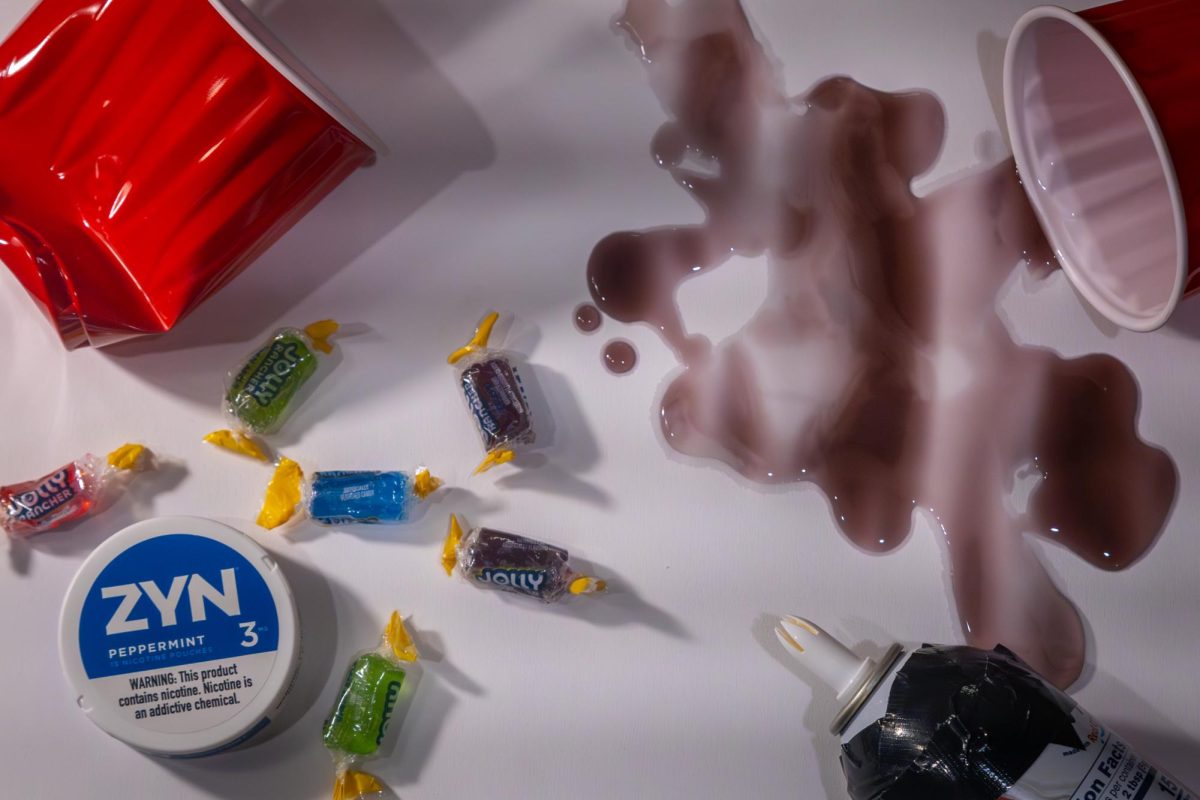
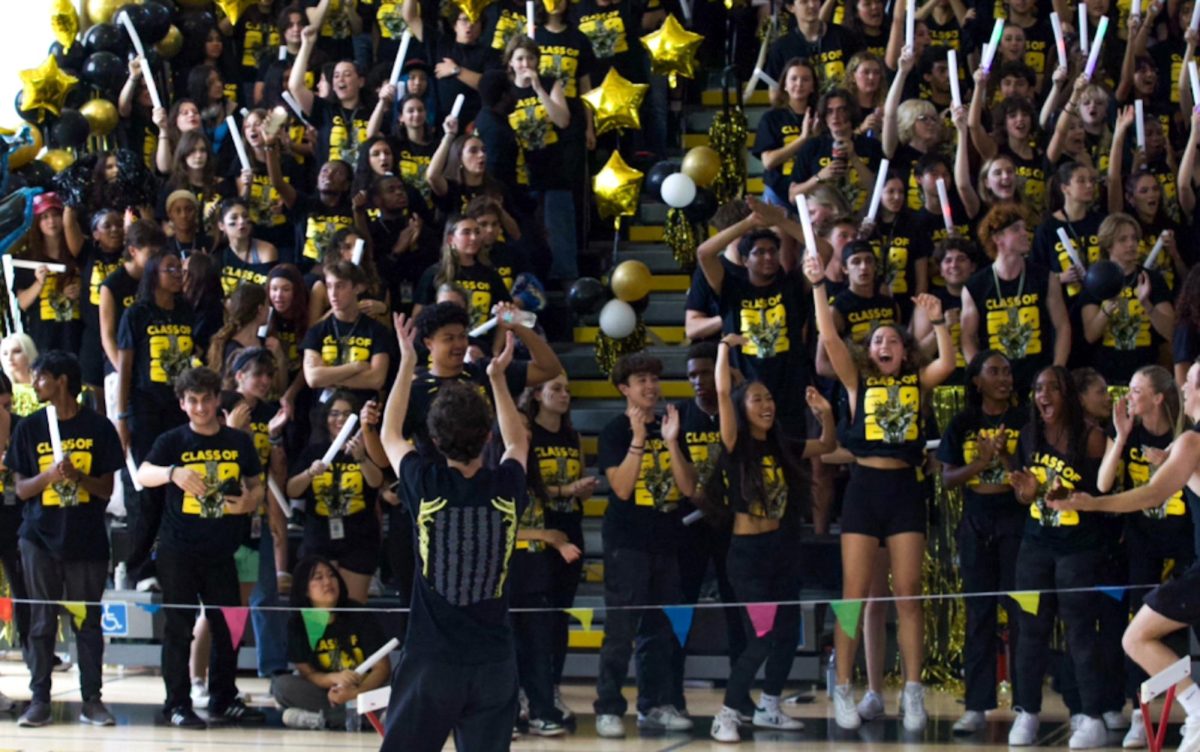

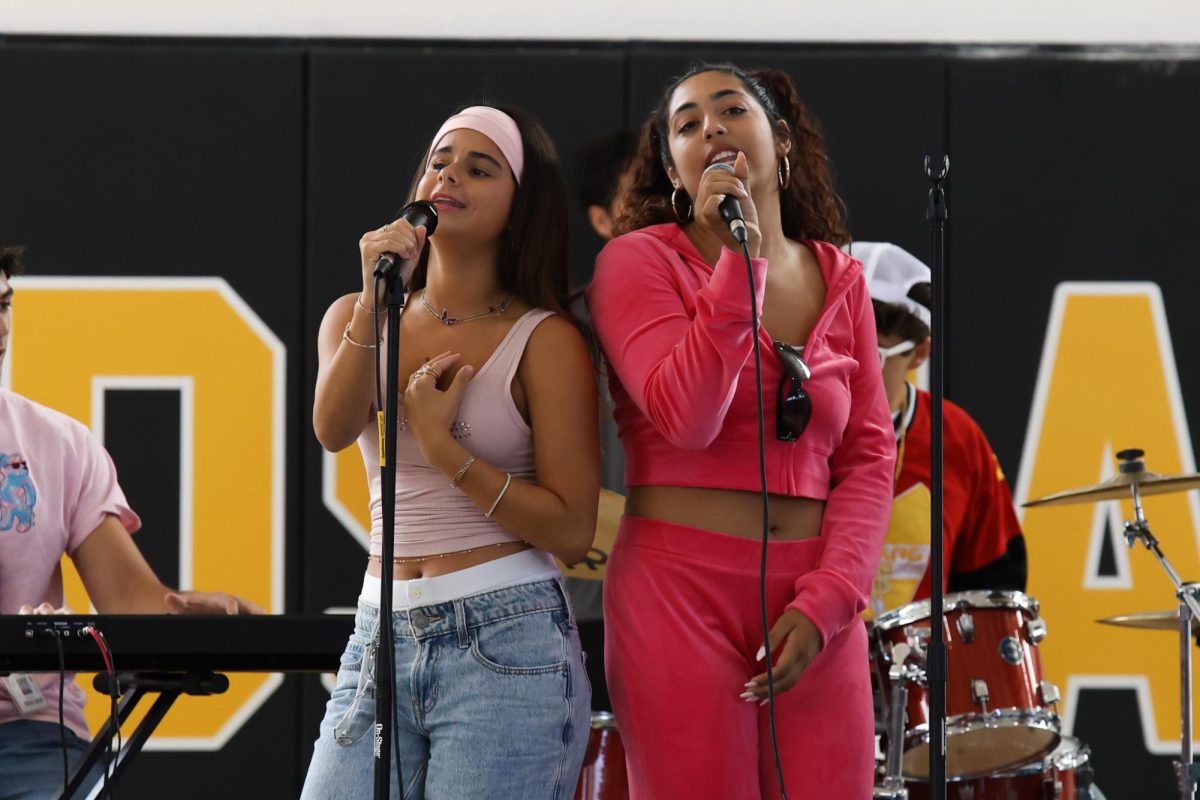

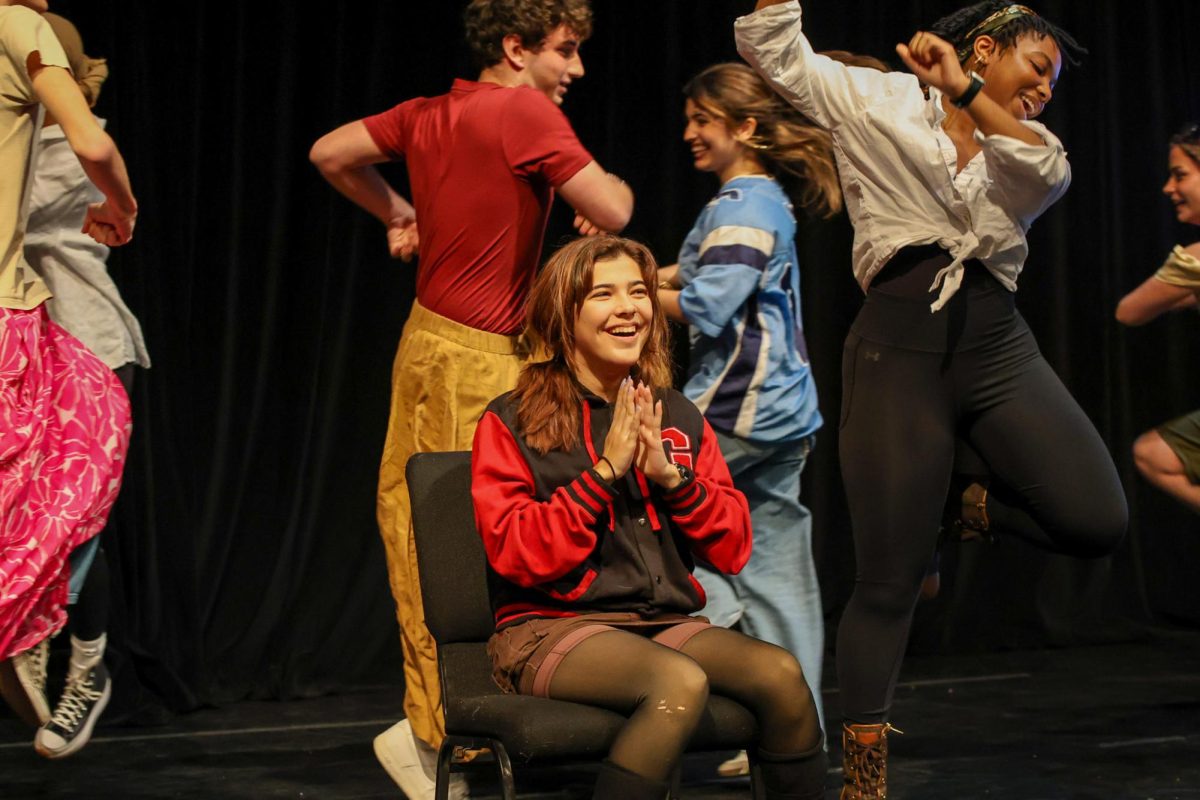

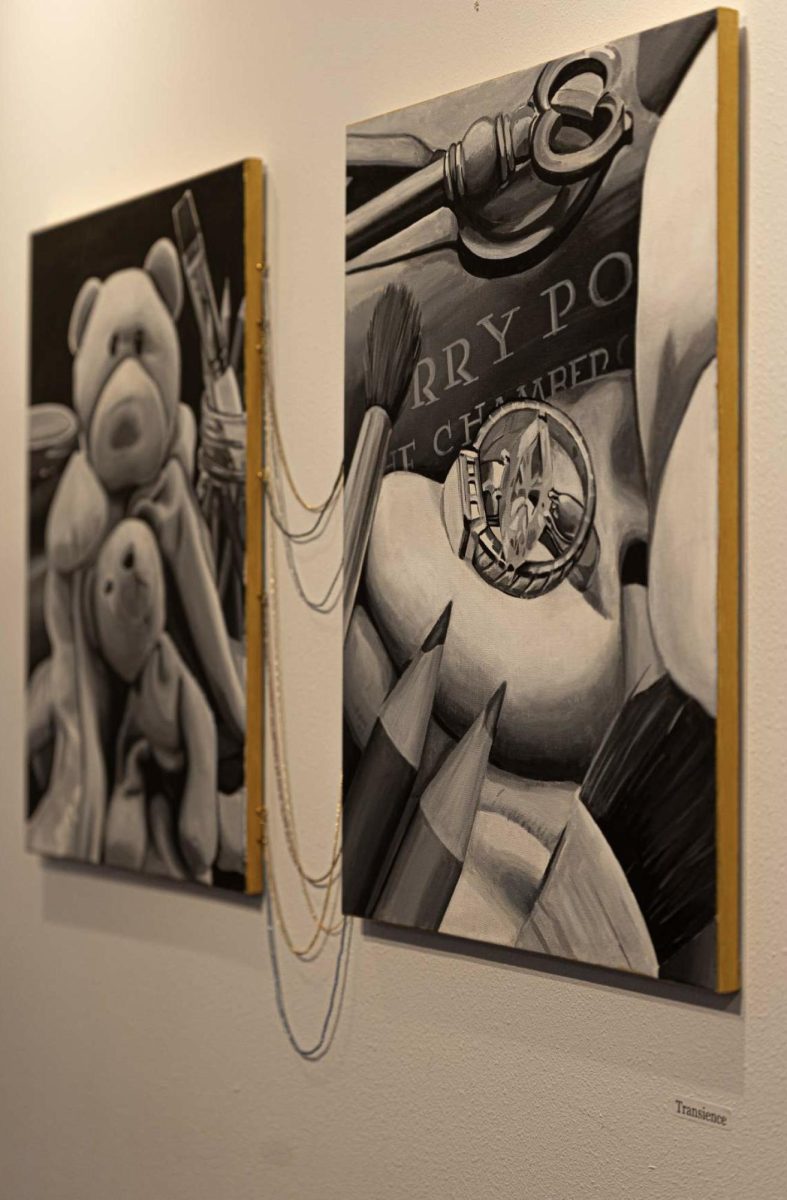
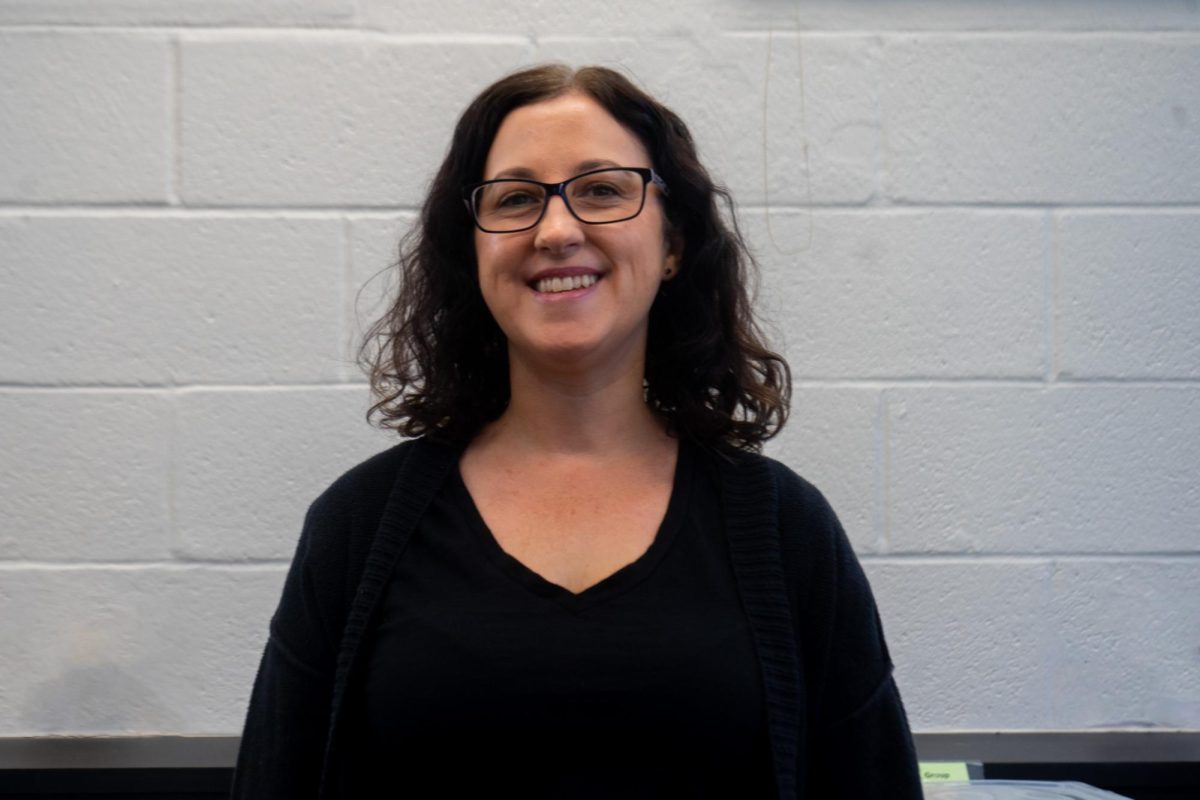


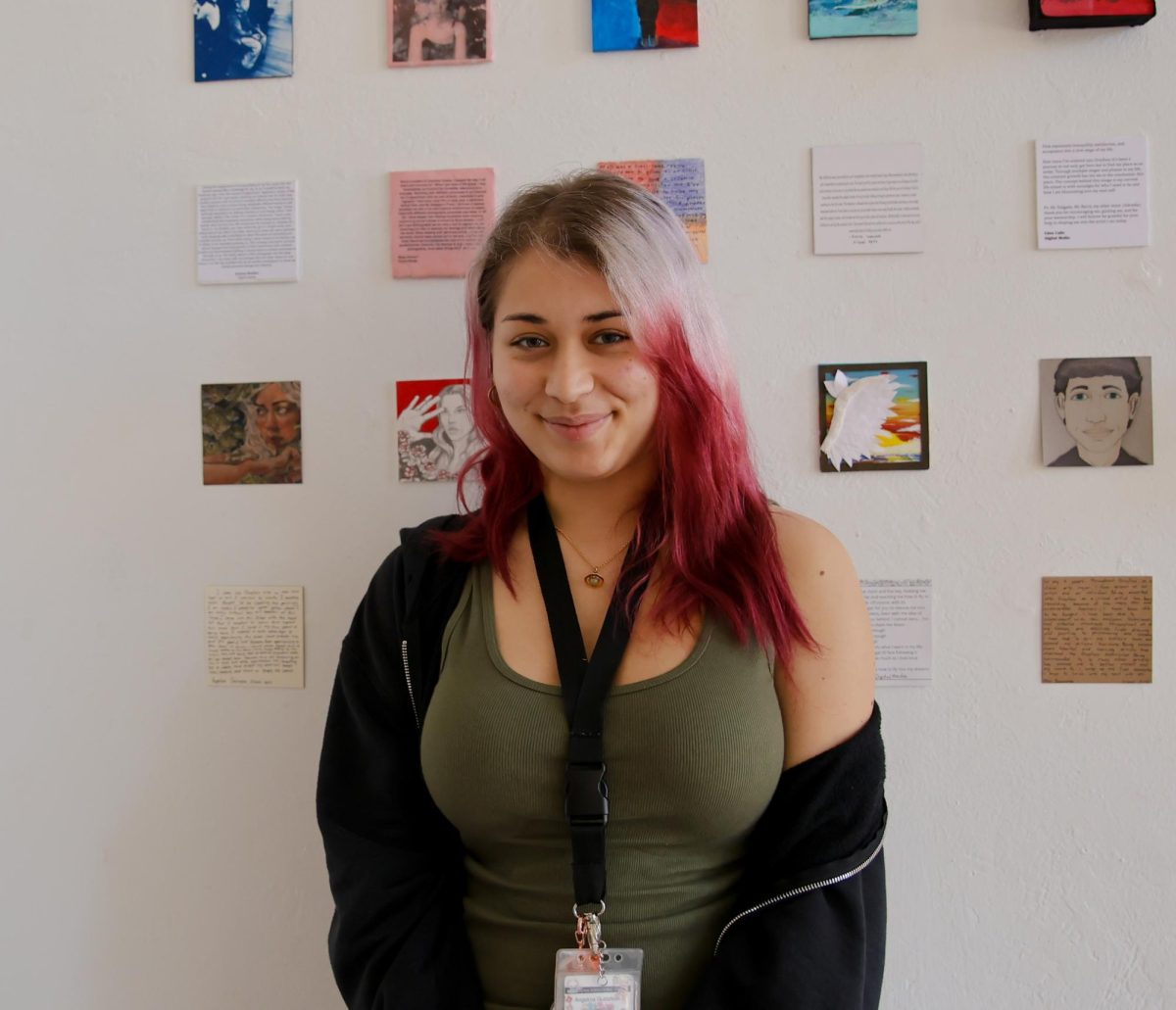

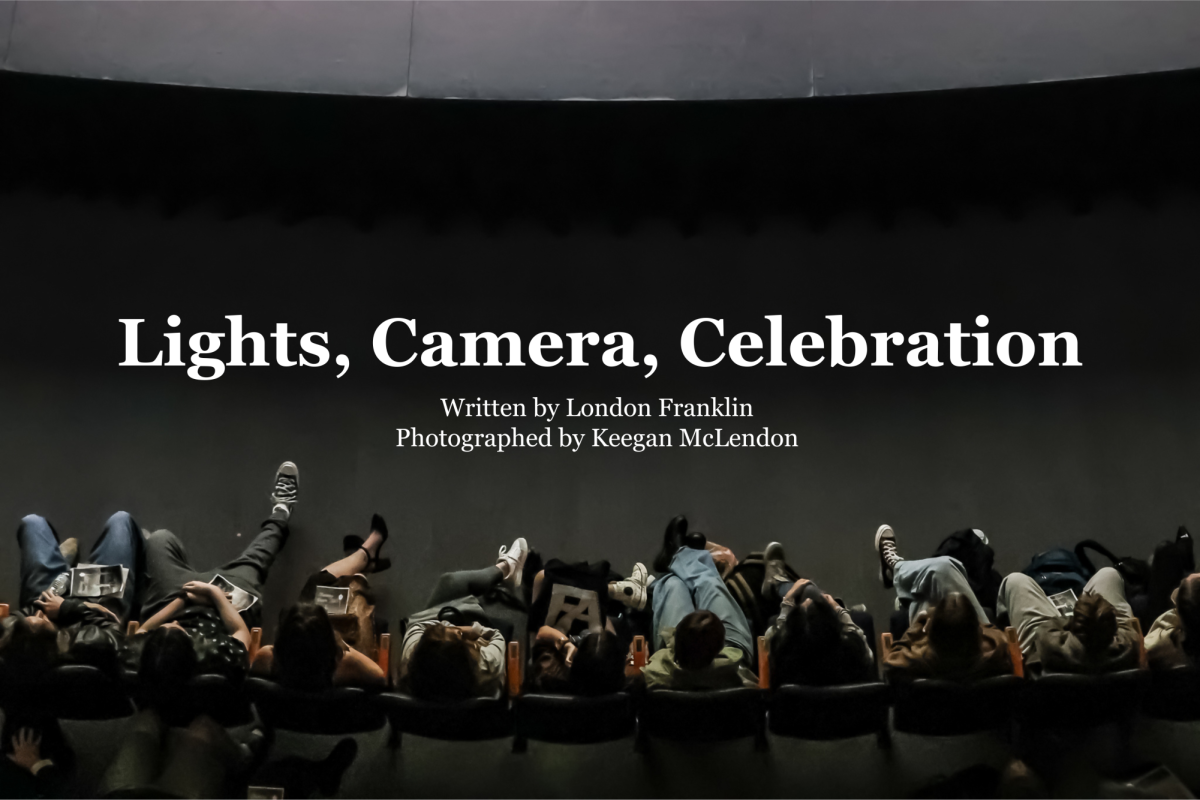


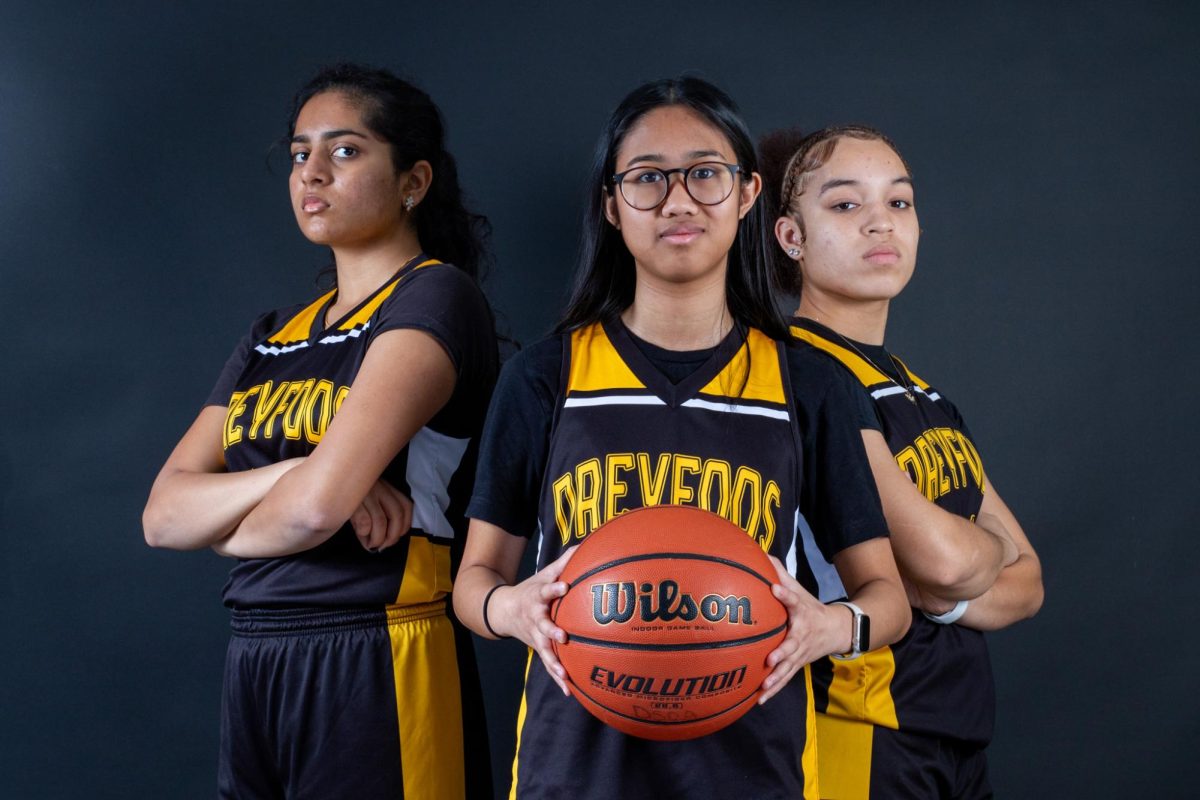
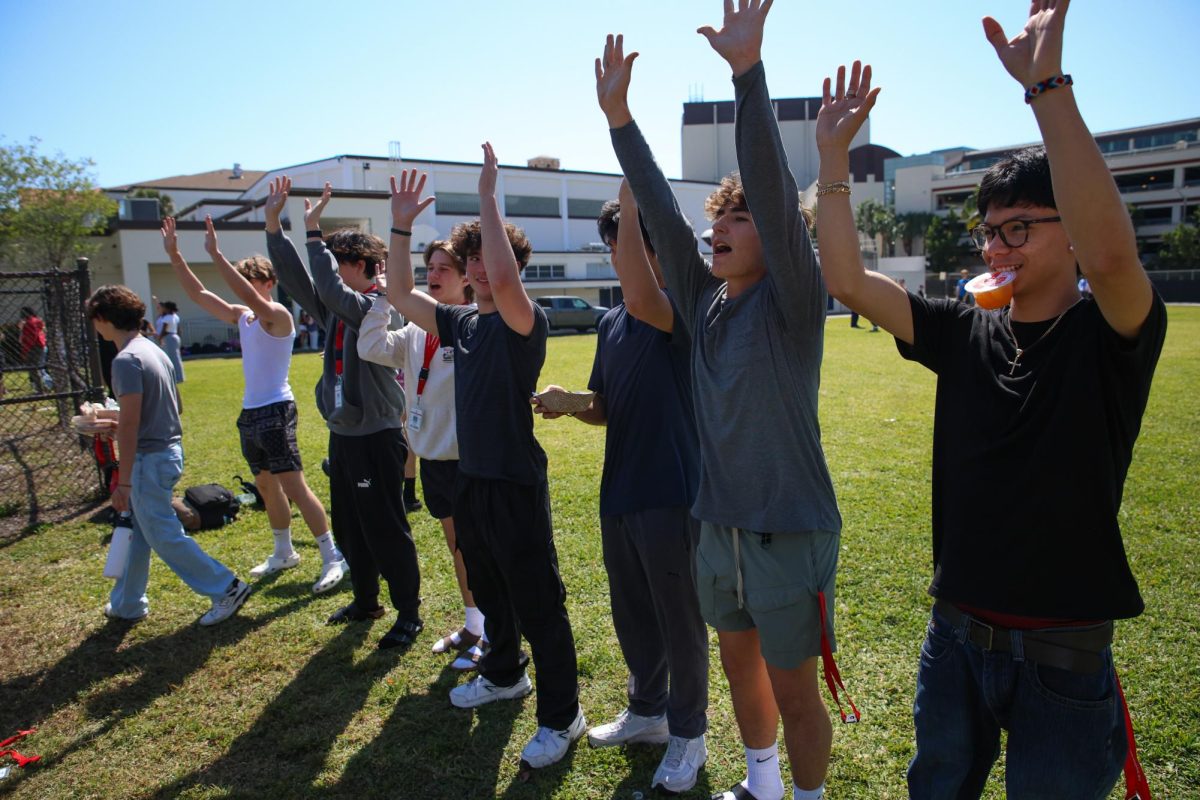
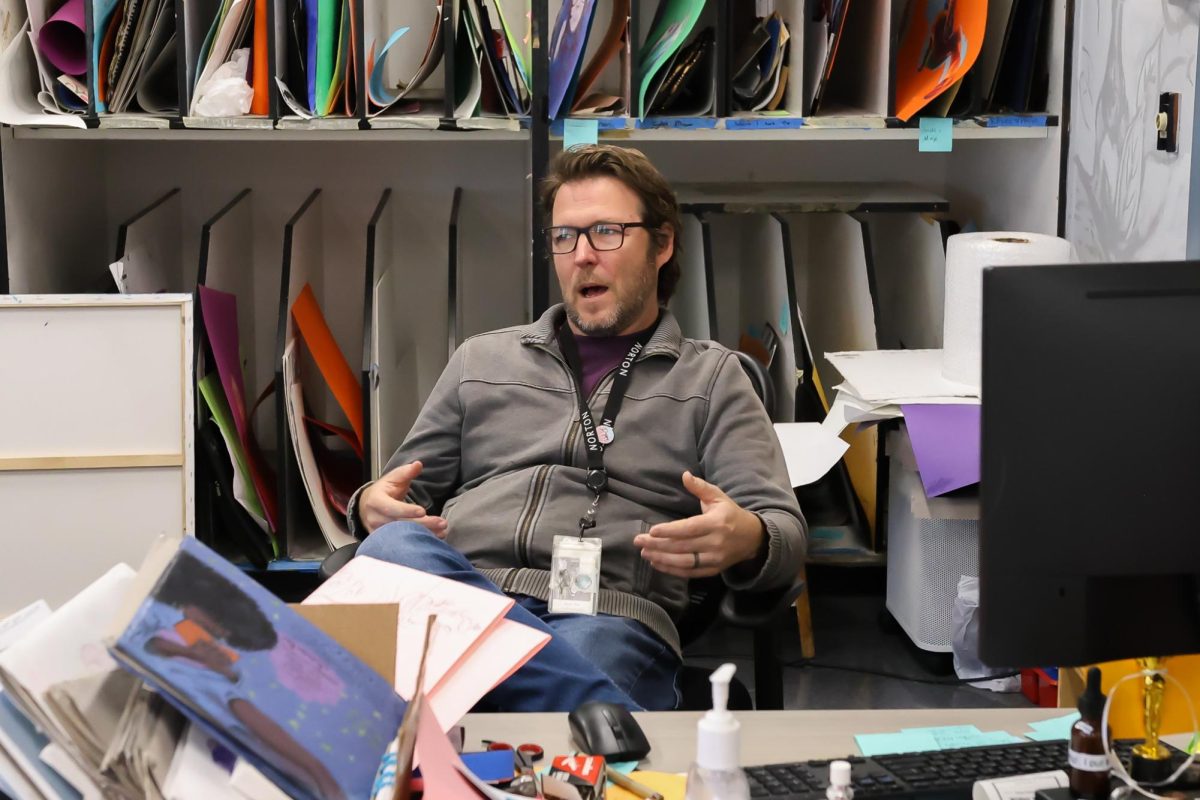

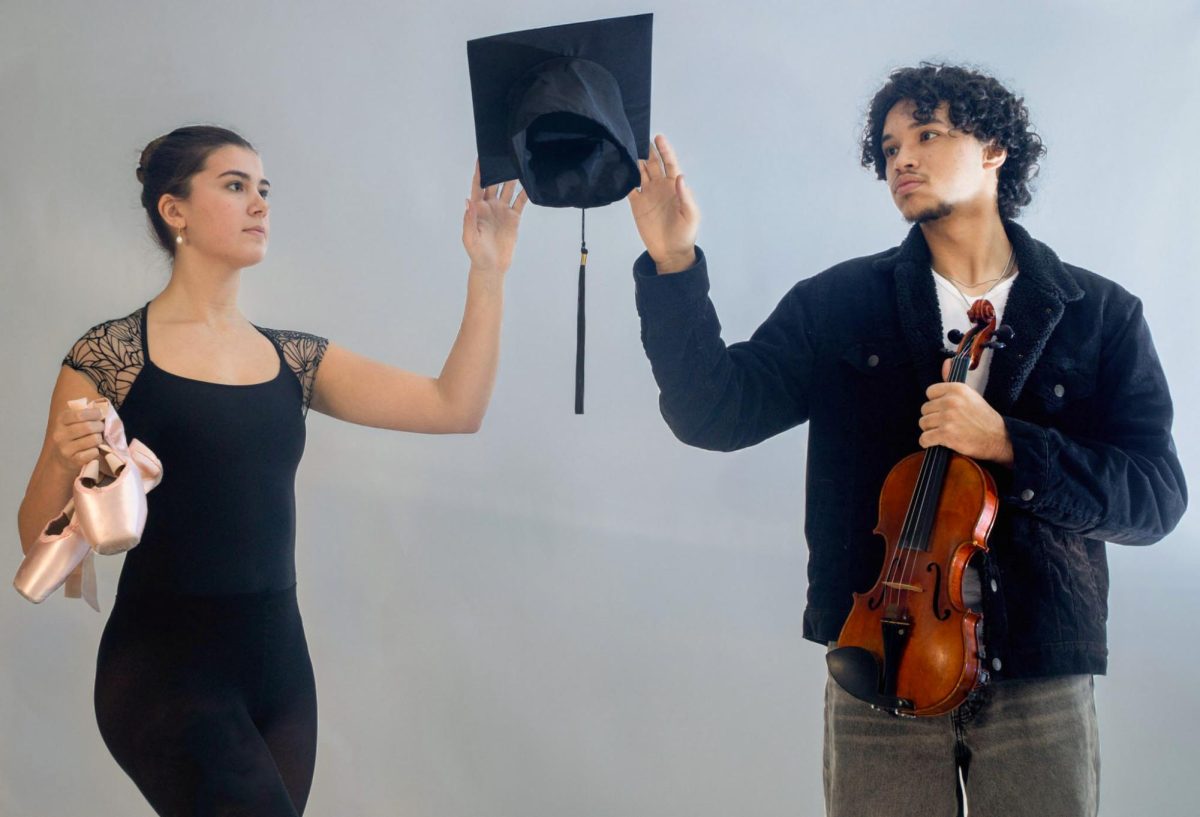



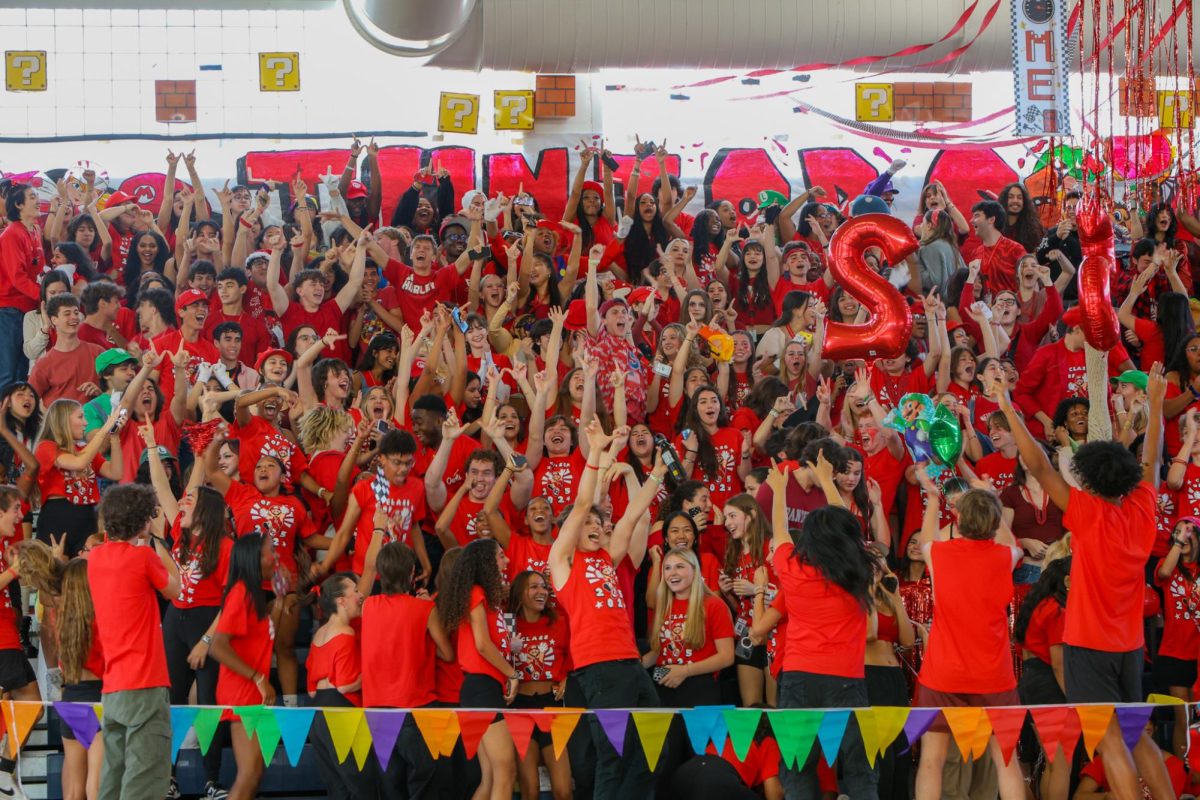


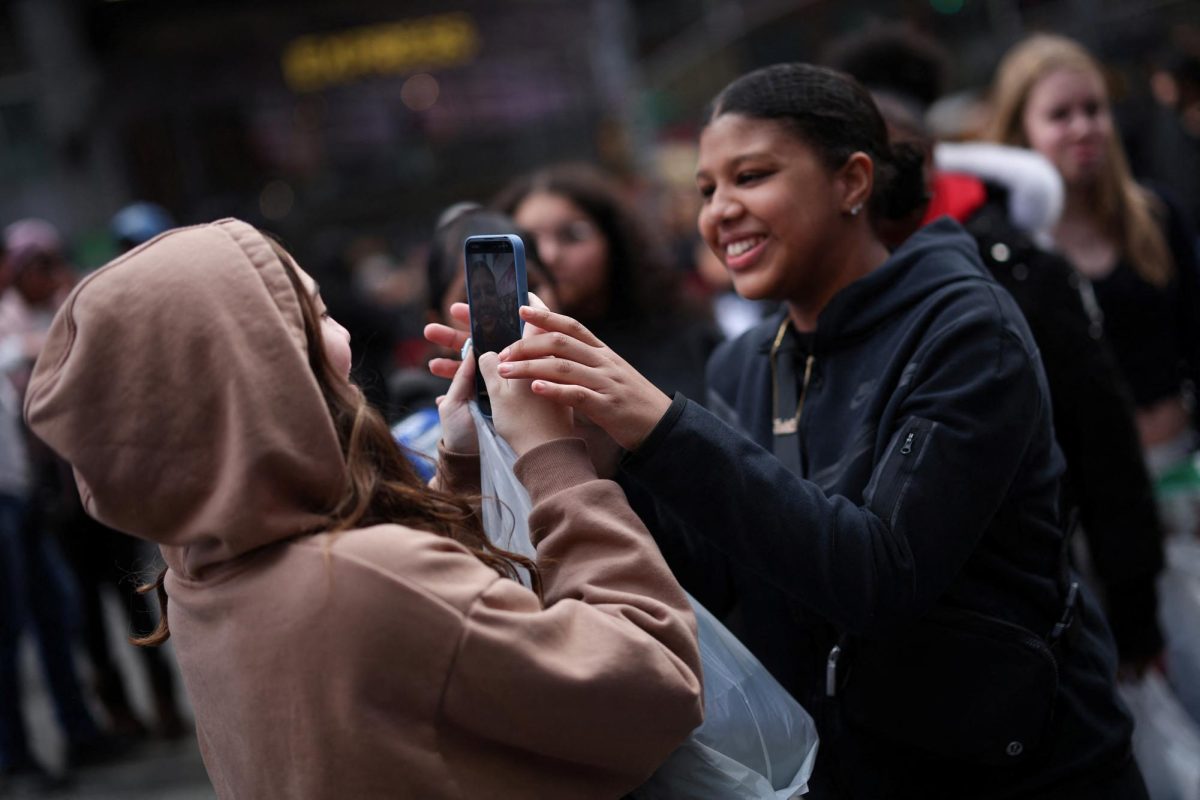
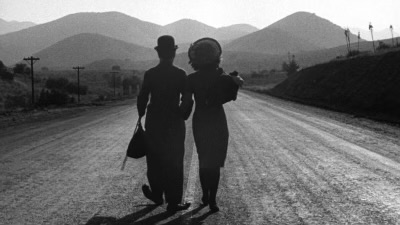
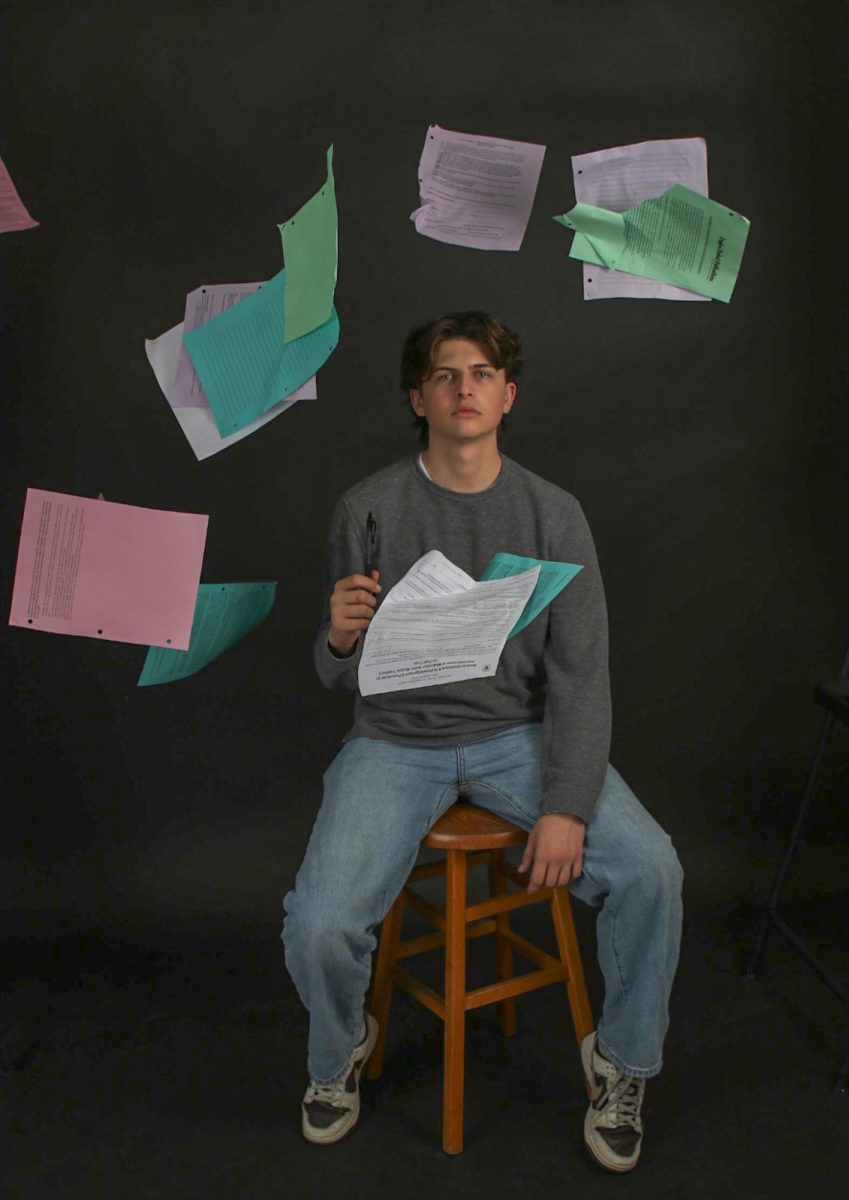
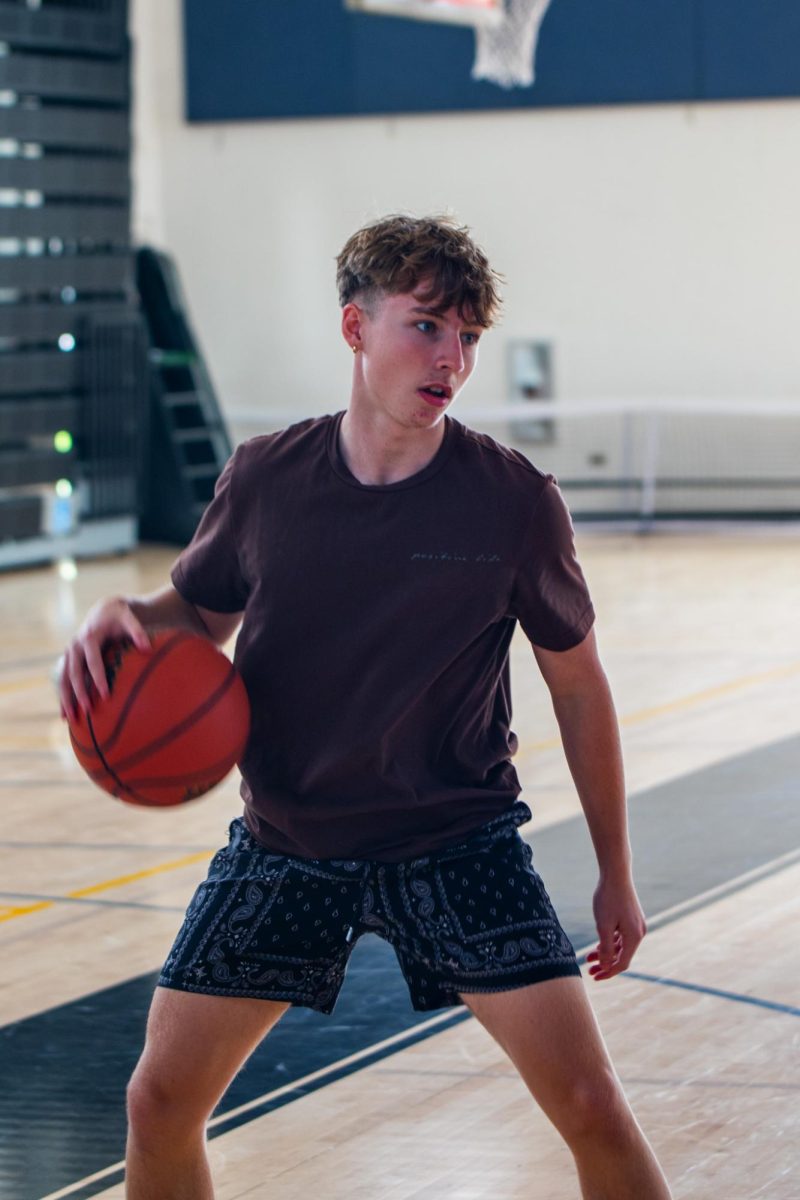
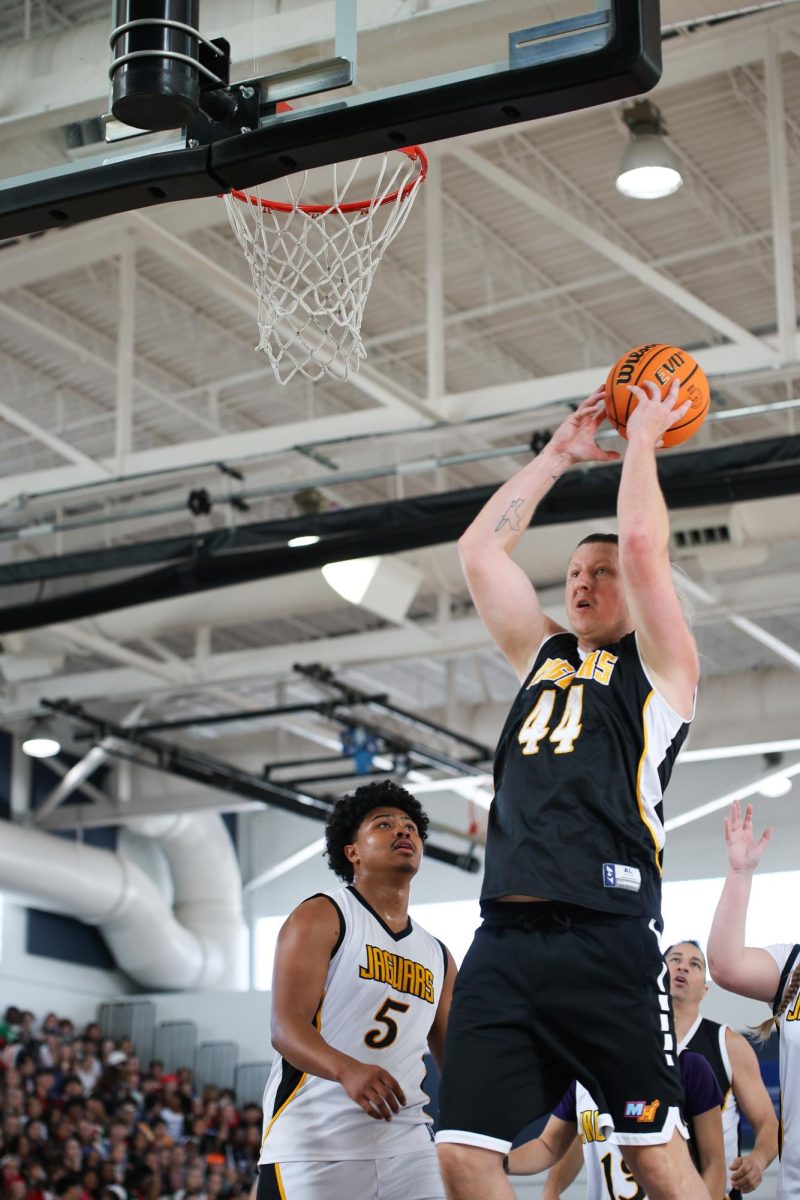
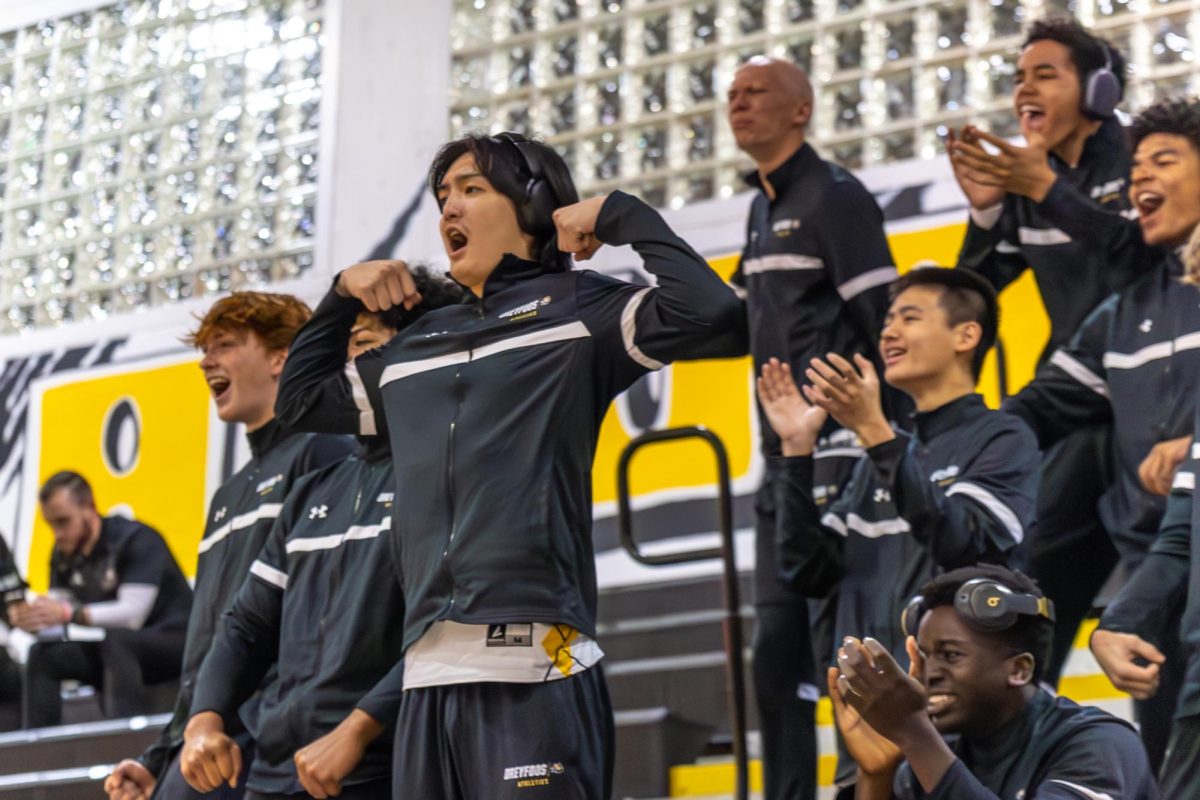




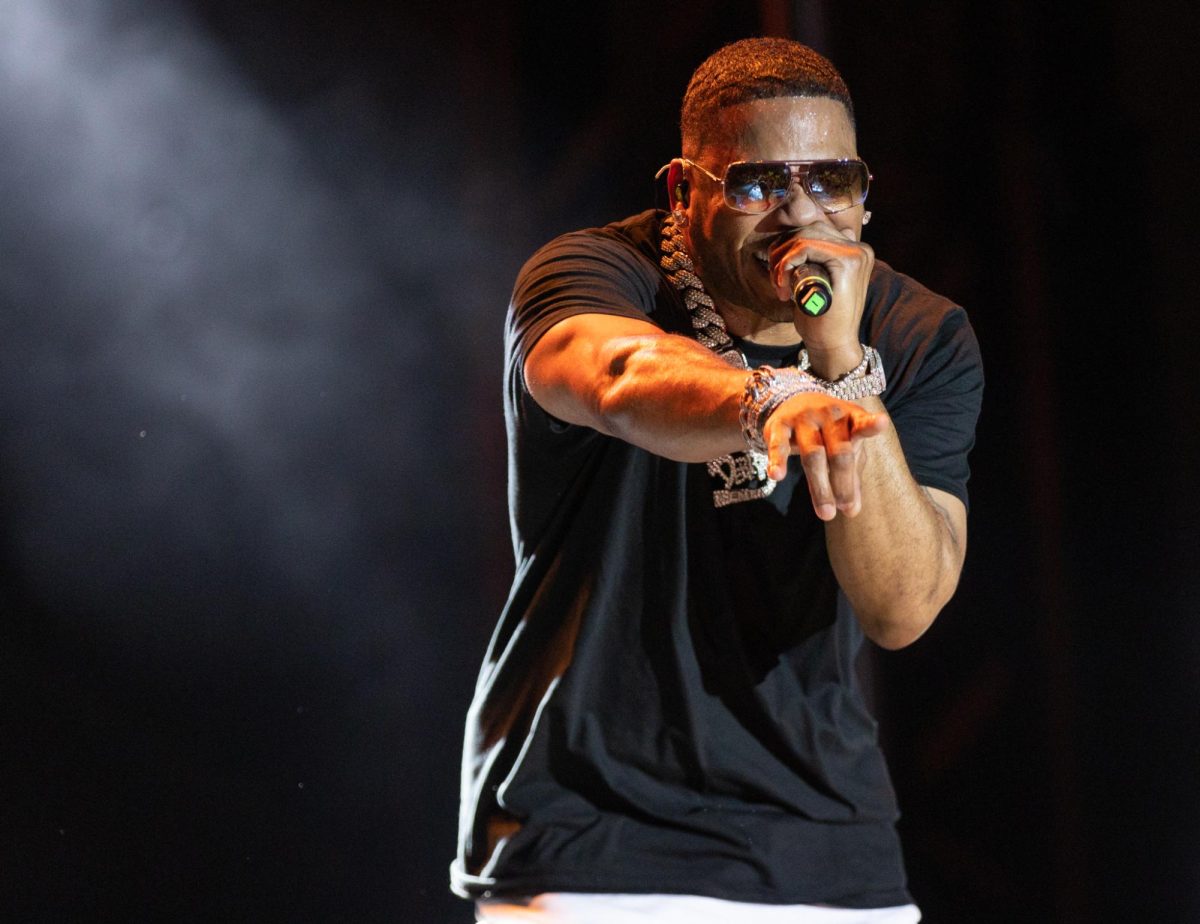

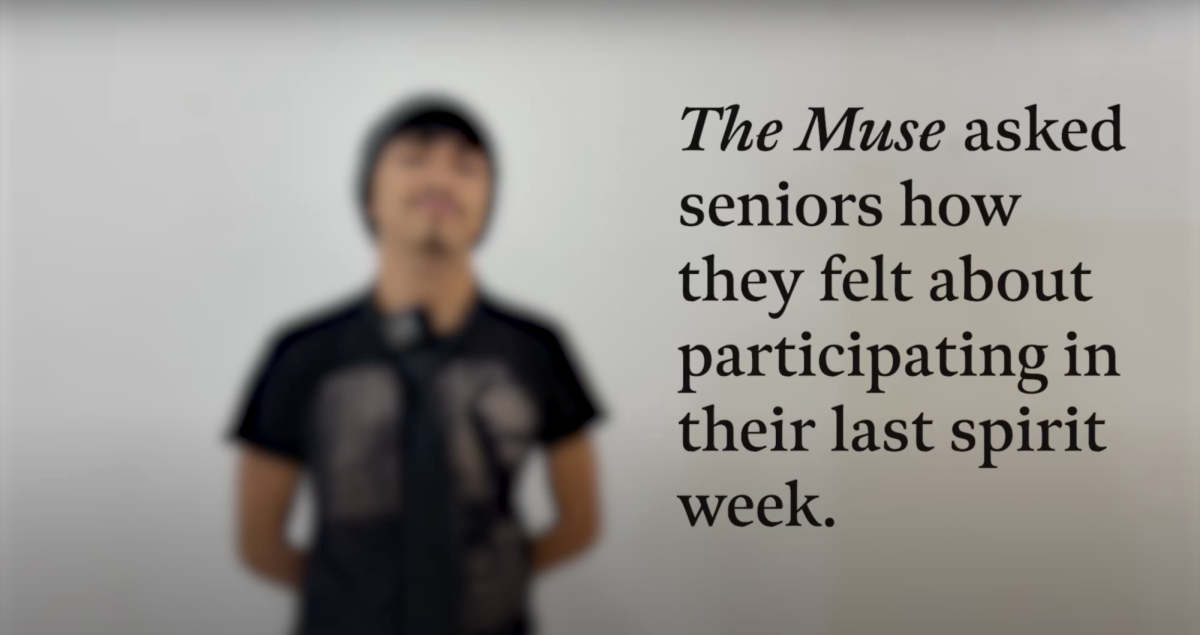












![Piano sophomore Erica Samuel plays “Sonata K. 280 in F Major, Allegro assai,” by Mozart. “I wanted to play something classical, I have already played something romantic,” Samuel said. “I wanted to play something different [this time].”](https://www.themuseatdreyfoos.com/wp-content/uploads/2018/03/FullSizeRender-900x667.jpg)
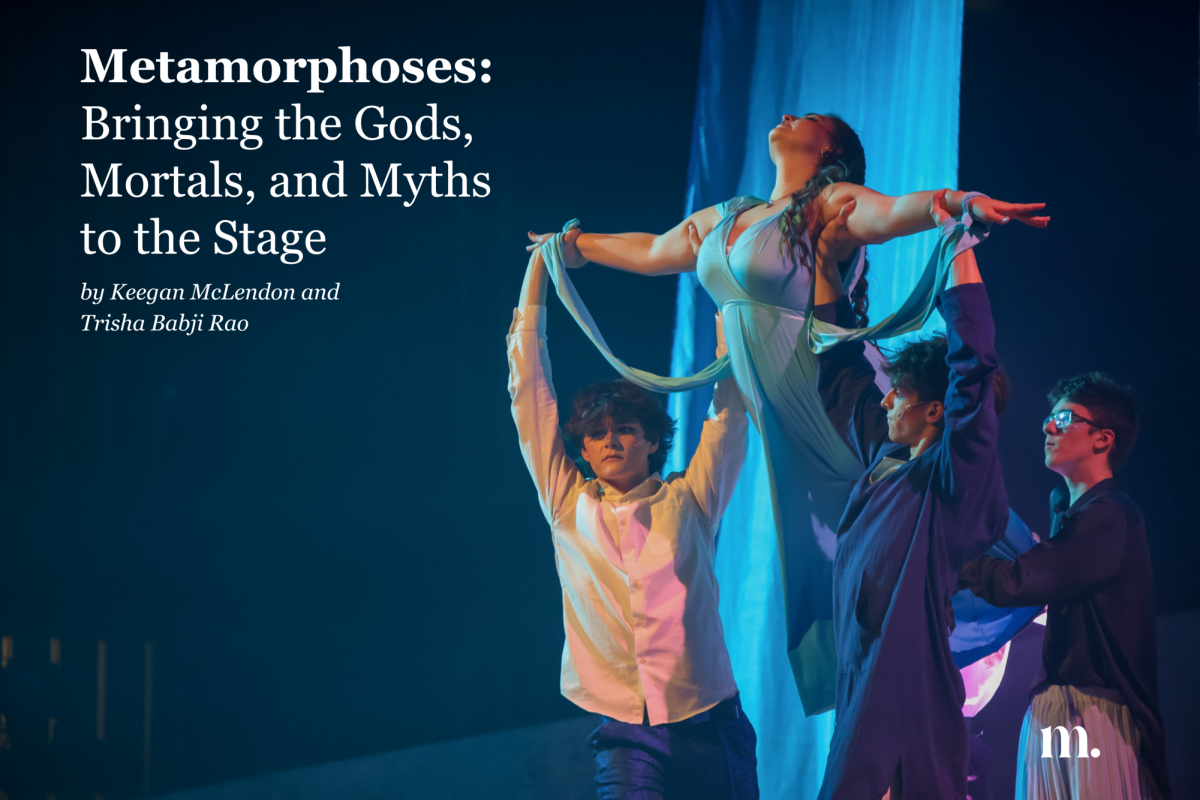
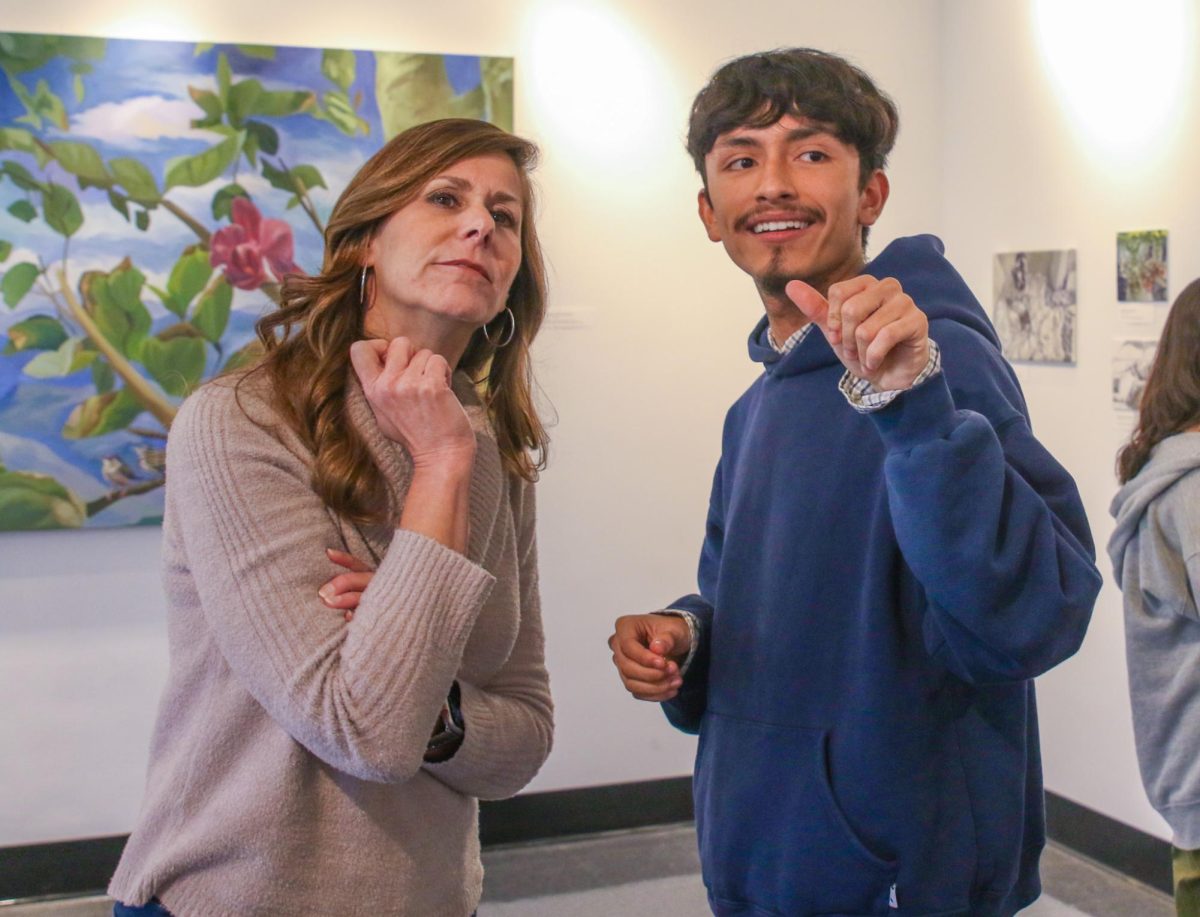


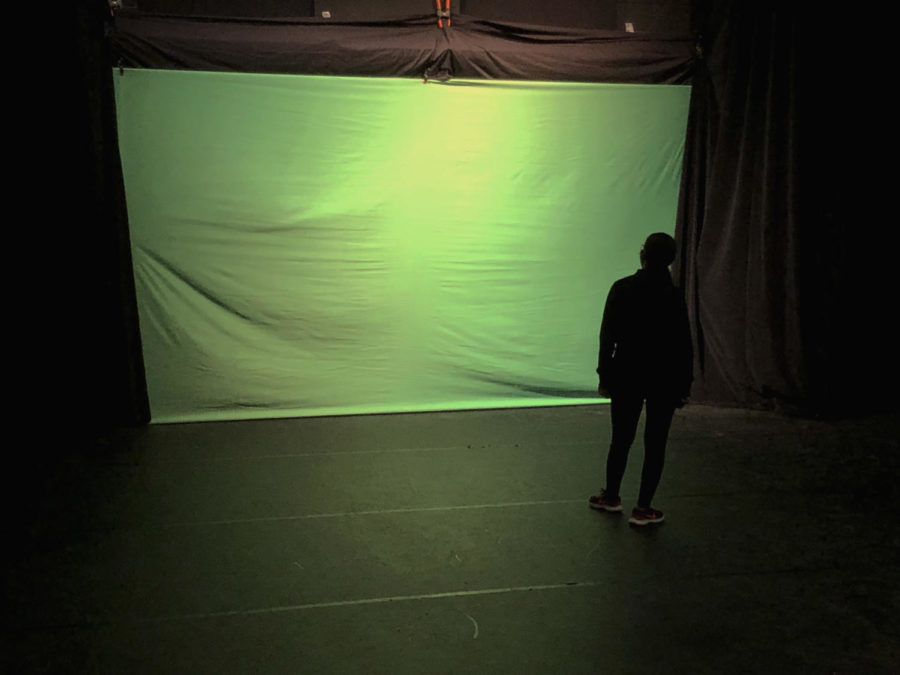
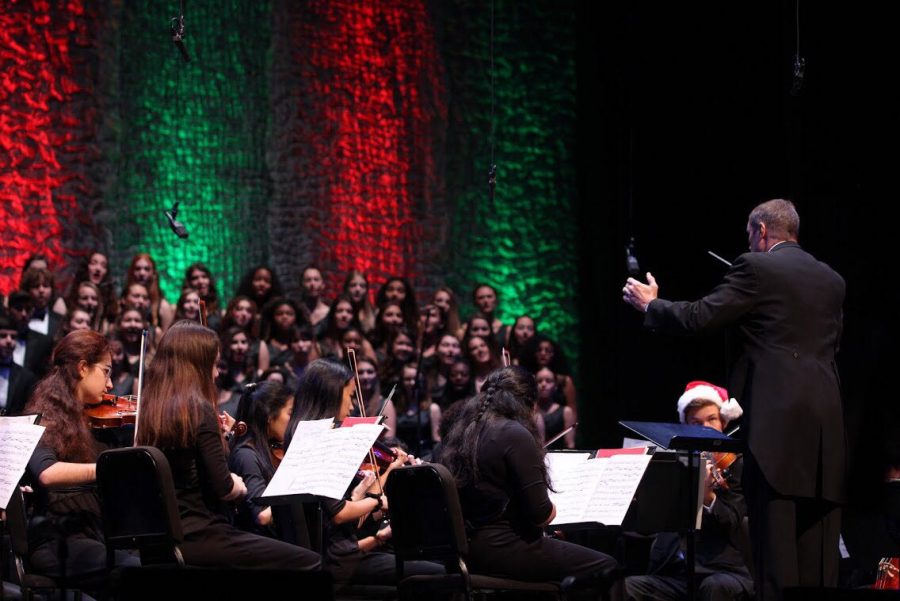

![Theatre senior Sabrina Santana sings “Breathe” from the Broadway musical “In the Heights.”. Santana chose a piece from “In the Heights” because she could relate to the musical’s Puerto Rican origin. “I was so proud of myself after I found out I received a superior [at the International Thespian Society District Festival] because this was a song that is very personal to me as a performer and something I’ve connected to for quite some time,” Santana said. “I finally got the chance to tell this story and it was a very exciting day for me.”](https://www.themuseatdreyfoos.com/wp-content/uploads/2018/01/IMG_1090-781x900.jpg)

